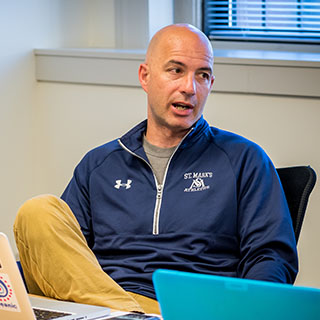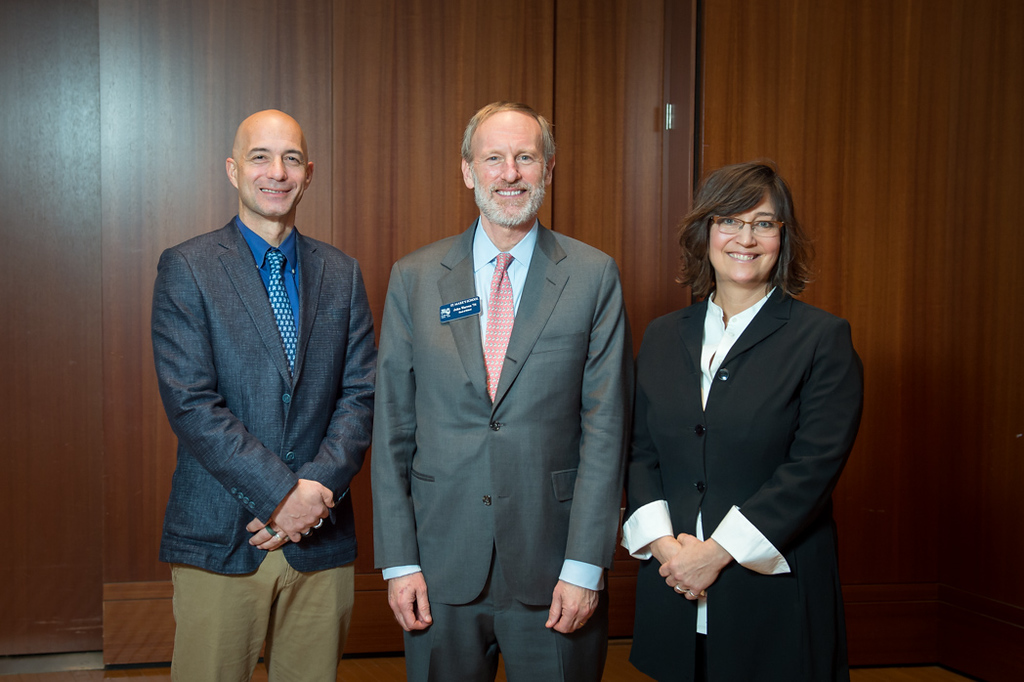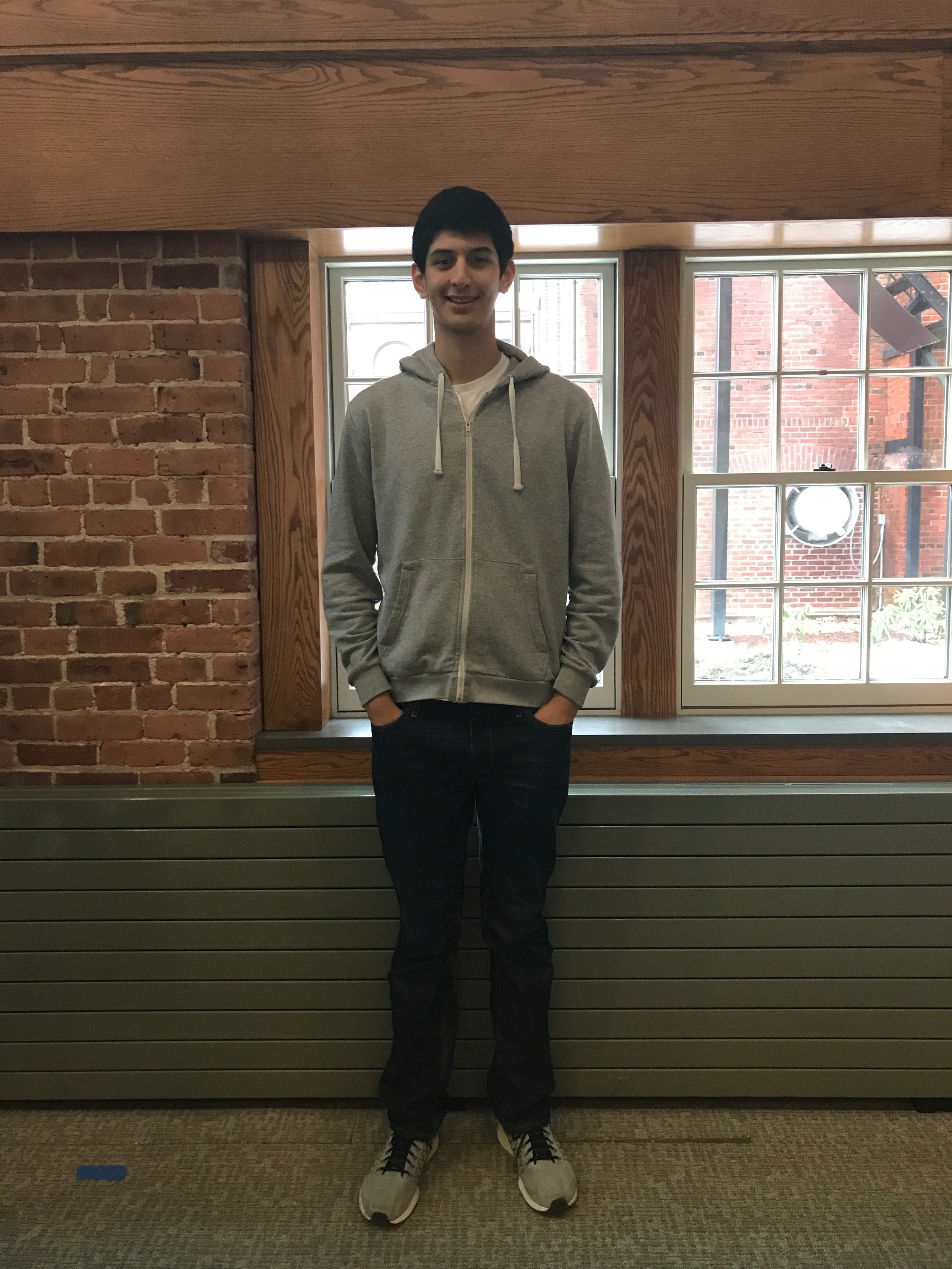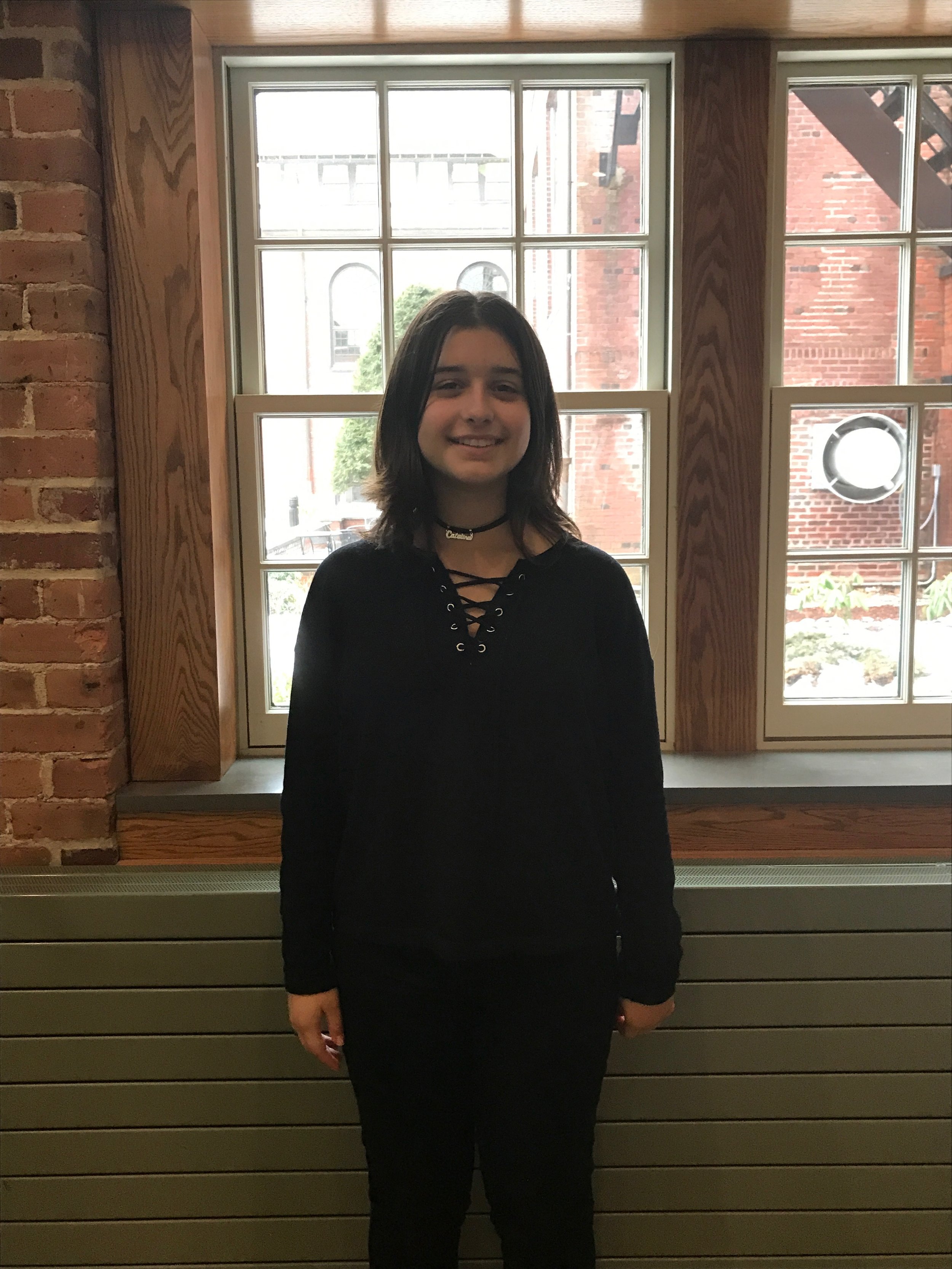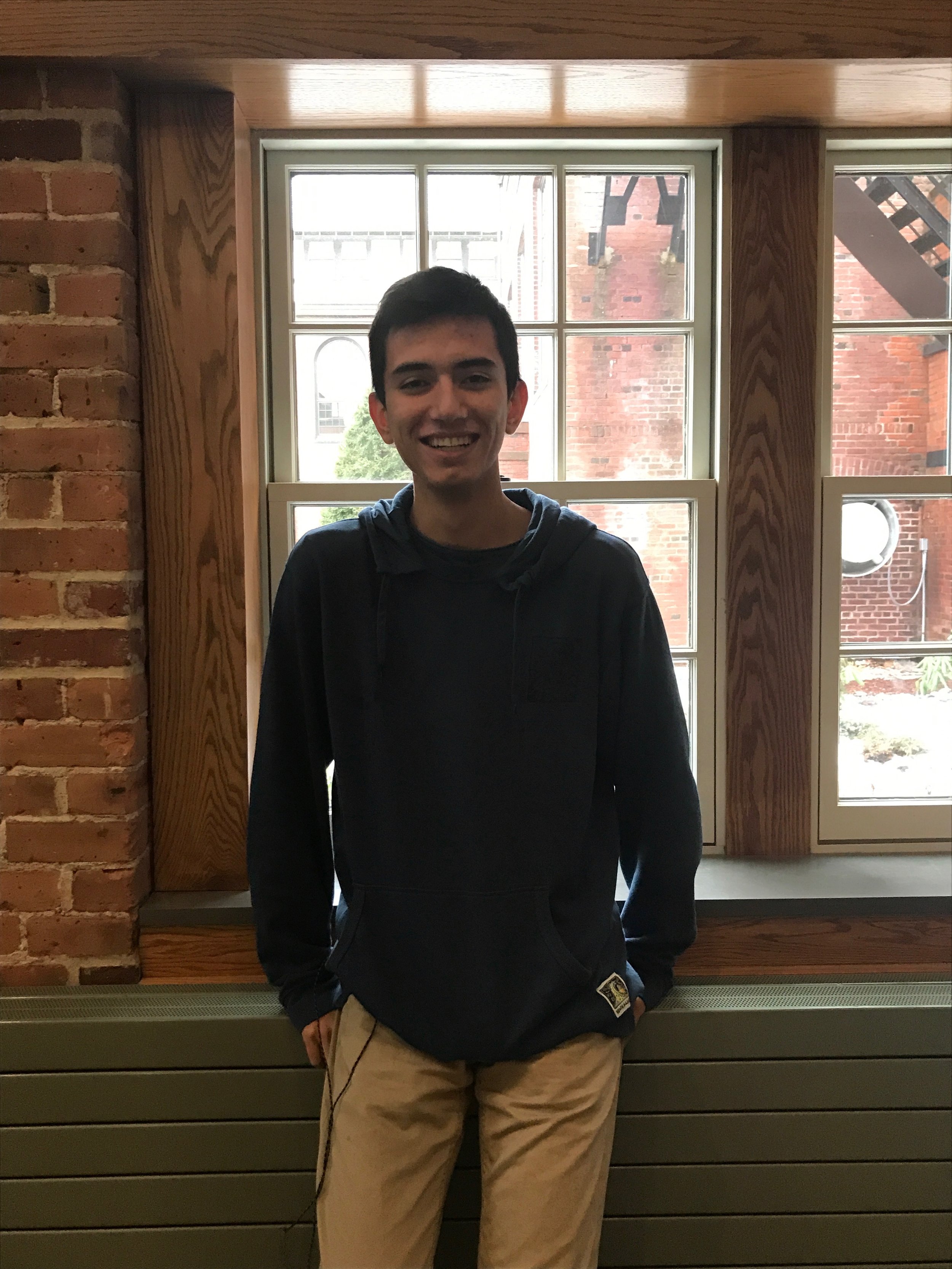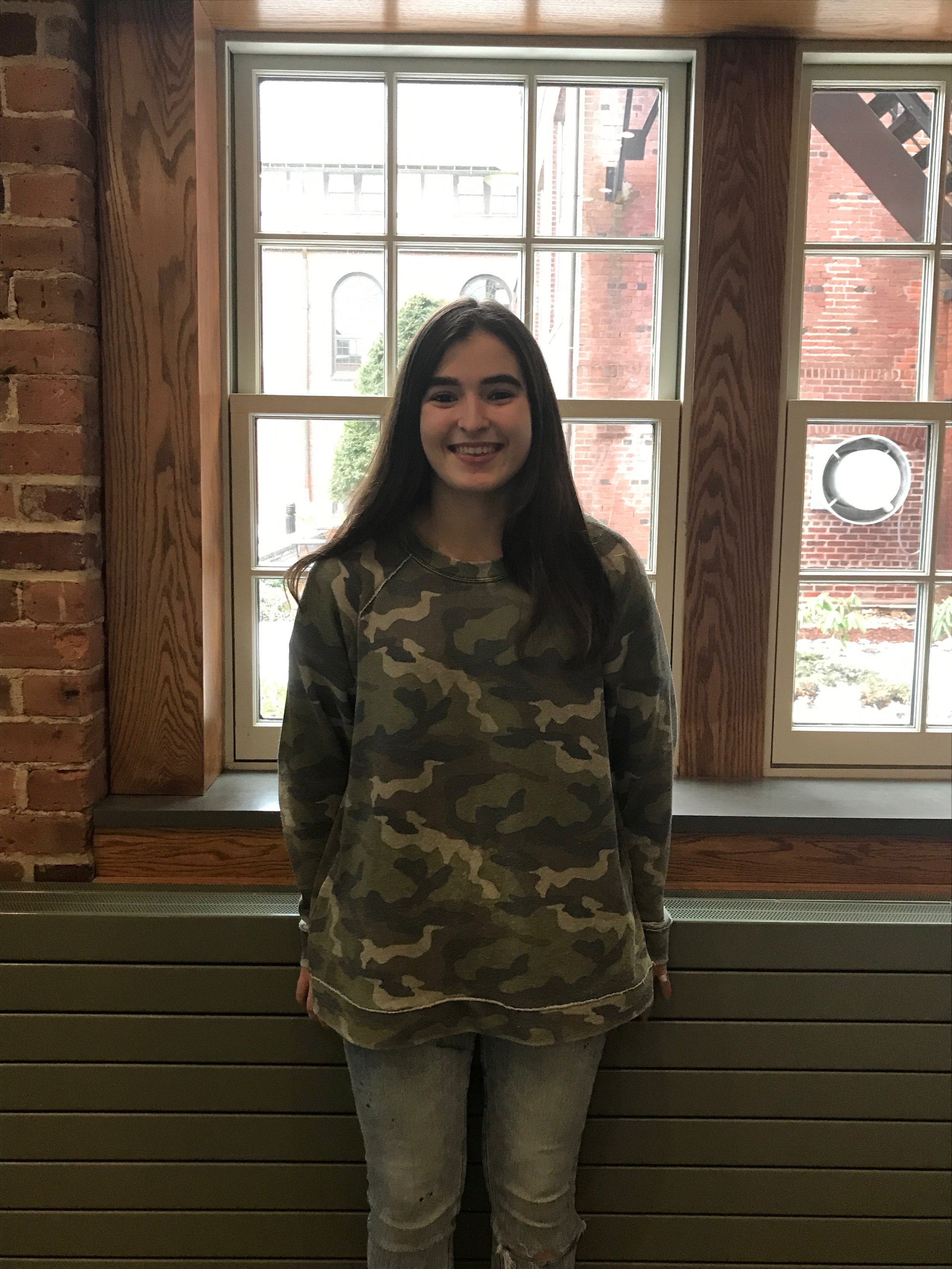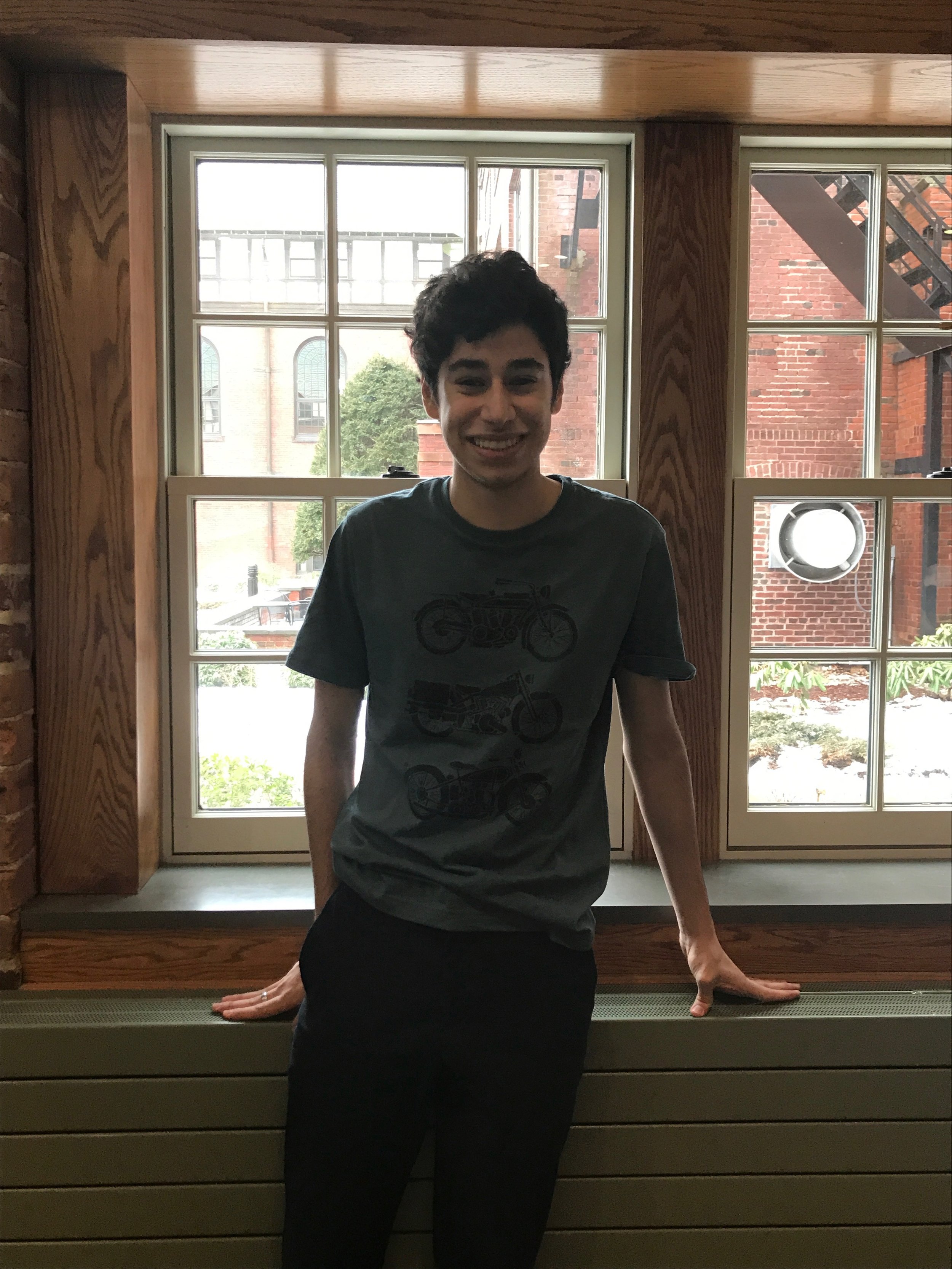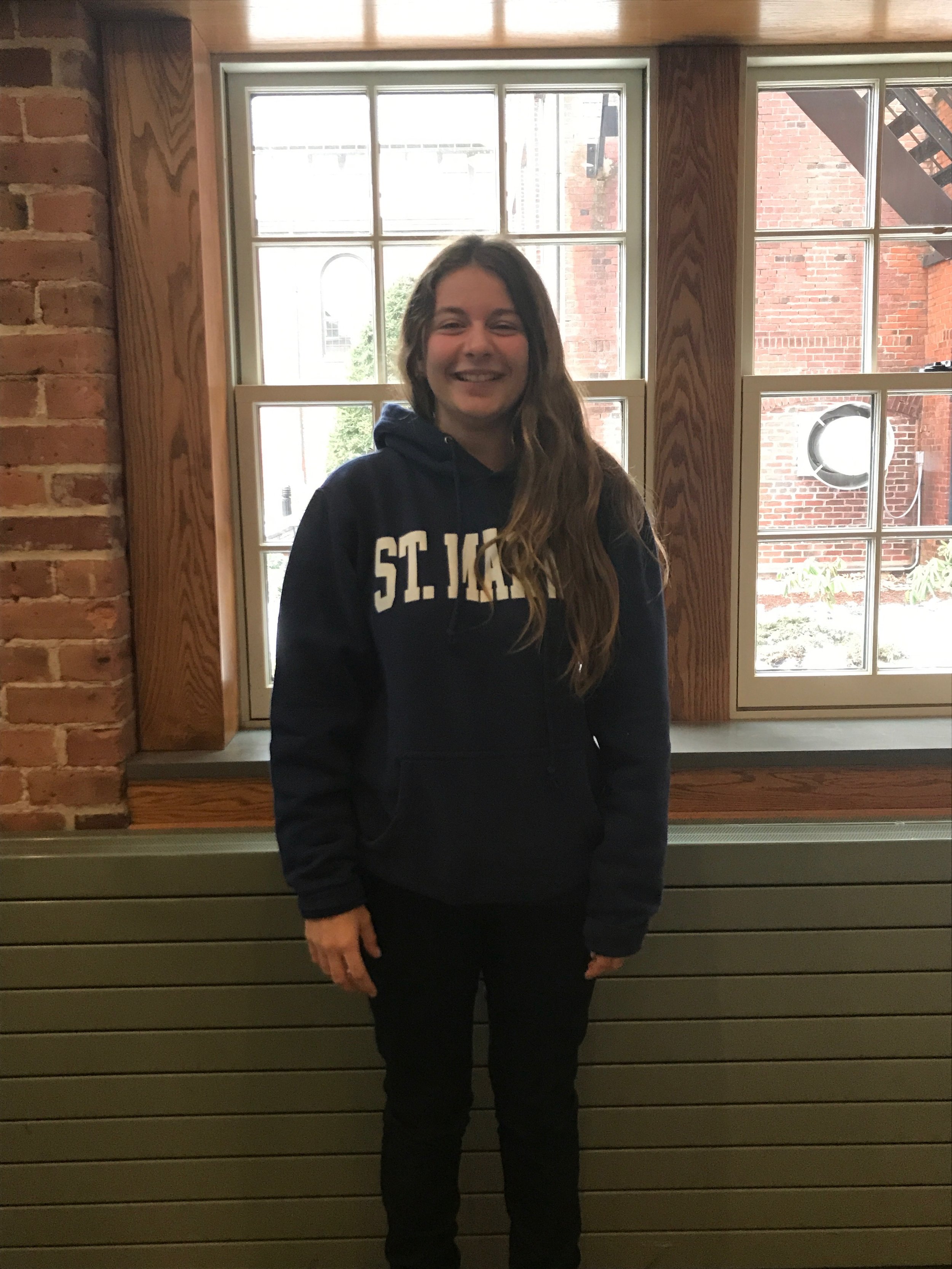by Clara Hua '21 and Samantha Wang '21
On April 19th, the St. Mark’s community came together and experienced something special during evening chapel: instead of the traditional singing by the choir, the theater department (including Theater II students as the main actors and the Theater I students for supporting roles) performed the play Shakespeare in Love. The play was originally a screenplay, and it’s about the fictional relationship between Shakespeare and a young woman. The play also talked about how Shakespeare finds inspiration along the way. When we interviewed Mr. Kent about why he chose this play in particular, he said that there are two reasons that inspired him to choose this play. The first one is that it’s the poetry week themed chapel, and the second on being it was Shakespeare's birthday not long ago.
Will Lu, who was Shakespeare in the play, introduced the whole preparation process to us, “It was intense but exciting.” Will told us that they only had two and a half weeks to prepare for this play after Mr. Kent selected the roles for Theater II class. To their surprise, instead of having everything arranged by Mr. Kent, he let Theater II class work together to direct the scene themselves, including the background set-up in the chapel.
The biggest challenge for the cast was memorizing lines in time. “Due to the time factor and the ‘anti-traditional’ Shakespeare plot, it was difficult for the cast to find the logic of lines in such a short time,” said Will. Theater II class also only rehearsed three times in Chapel before the formal performance, which needed everyone to be highly concentrated and dedicated putting effort into the play during the two-week preparation. Will also told us that, since he was assigned to be Shakespeare in the play, initially, he found it hard to understand his character since the Shakespeare was distinct from the serious and talented one in people’s imagination. He was not confident about whether he fit with the character. Thanks to the class discussion they had and the advice from Mr. Kent, Will told us that he was able to conduct this character naturally with his own understanding at last.
The other difficult task for them was taking full use of space and their body positions. “The space in the chapel is totally different from the black box, where we normally perform. We had to consider whether the audience could see us and how to take advantage of the path in the chapel as our stage,” said Will. Moreover, Theater II class didn’t have any props in the chapel, which required them to use their imaginations and create the scene that made sense to the audience. For instance, in the scene that Shakespeare listens to Lady Viola’s confession, which is based on the scene where Romeo confesses his love to Juliet at her balcony, they used the podium in the chapel to convey the idea of the balcony to the audience in order to imply the relationship between Shakespeare with Lady Viola.
Overall, it was a completely novel chapel experience for the St. Mark’s community this year, and a lot of students enjoyed it! Fourth former Kent Place described the chapel as being “simply ineffable.” Clearly, we appreciated the effort the theater department devoted into creating this play for the rest of the community to enjoy, and we look forward to more creative chapel performances like this one in the future! At St. Mark’s, evening chapel also serves as an opportunity to bond the community together, and creative ways such as theater can do this while "wowing" the students and faculty at the same time.

